Vtec44
Been spending a lot of time on here!
- Joined
- Nov 13, 2008
- Messages
- 3,501
- Reaction score
- 1,917
- Location
- So Cal
- Website
- www.jamestangphotography.com
- Can others edit my Photos
- Photos NOT OK to edit
A reference card (spectrally neutral) always gives you an accurate reading of the light color at the location of the card.
....and the light color at the location of the card is not always pleasant for the skin tone. That's the issue. LOL
Ah, ok -- so you didn't really mean accurate then. Got it.
Joe
I should clarify, accurate to the skin tone that you want.




![[No title]](/data/xfmg/thumbnail/32/32174-b57e340fadfeea99045595146efd64b1.jpg?1619735235)
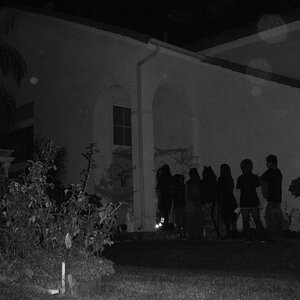
![[No title]](/data/xfmg/thumbnail/32/32929-22e23acc63d6ecb25e5ee941be87121f.jpg?1619735758)
![[No title]](/data/xfmg/thumbnail/37/37620-c3155da657d8b81637b9050d879694f5.jpg?1619738152)
![[No title]](/data/xfmg/thumbnail/37/37487-ad3e64cc240e01884ca21a4f8e500b26.jpg?1619738111)
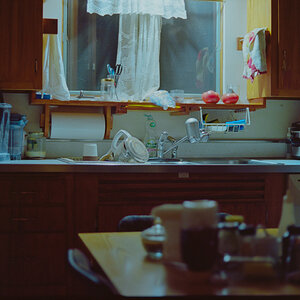
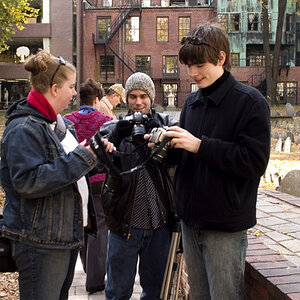
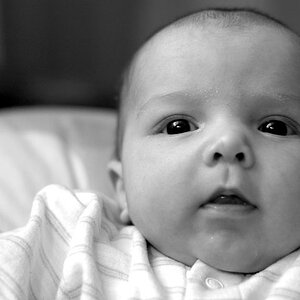

![[No title]](/data/xfmg/thumbnail/32/32176-48b4ba2fc0e35afa267c5882154e7620.jpg?1619735235)
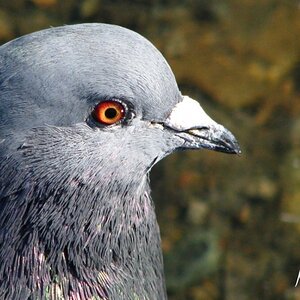
![[No title]](/data/xfmg/thumbnail/37/37617-2a07b7e10a8d9f154e8cd9727551e0ef.jpg?1619738151)